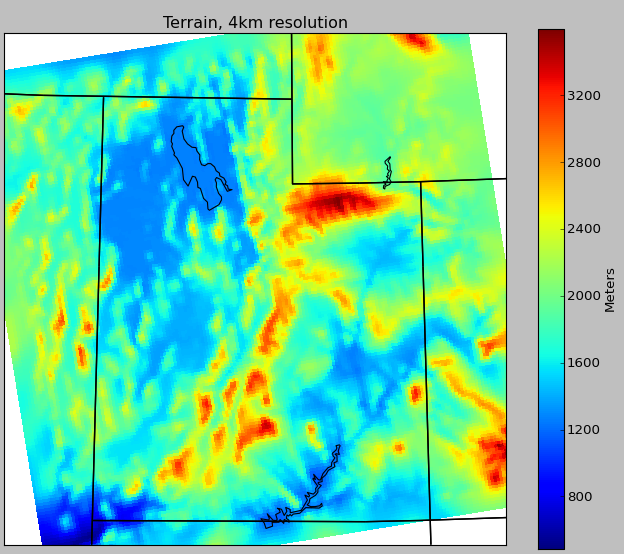
I was selected to participate in a three week programming course sponsored by NASA at the University of Virginia. The workshop is called ISSCENS, an Intensive Summer School in Computing for Environmental Science. For eight hours a day we learn programming skills and complete tasks using Python, Fortran, Unix, and MPI.
The greenery in Virginia is endless. When I first arrived I was quickly reminded that I live in a desert (which is beautiful in its own way.) Charlottesville, Virginia had some light rain when I walked out of class this evening. Some of my classmates and I were almost back to the dorms when the rain began to downpour! If we had shampoo we might have washed out hair. Instead, we found a covered part of the sidewalk and we decided to wait the storm out. As weather geeks, someone had a radar app and we made a short forecast for the duration of the rain. We decided to stay under a covered sidewalk and wait six minutes before it would pass. Sure enough, the rain let up and we walked the rest of the way in a light drizzle. When I swiped the access card to the building I didn't think much about the flash of light I saw out of the corner of my eye, but the loud *CRACK* caught me by surprise as all the muscles in my body suddenly became tense. The lightning still scares me, but it's fun to watch. You don't have to be a meteorologist to appreciate a good lightning storm.
Vaisala's lightning detection network registered a lot of strikes in Virginia today:
 |
| Source: lightningstorm.com |
 |
| Source: MesoWest.utah.edu |
Below is the CAPE on Wednesday in the afternoon and the forecasted CAPE on Thursday afternoon:
 |
| Source: weather.utah.edu |
 |
| Source: weather.utah.edu |














































